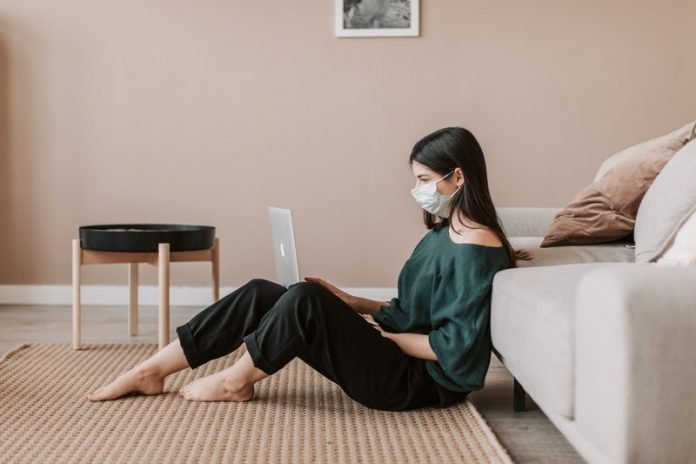
In a new study, researchers have developed a mathematical model that allows public health officials to determine how various levels of lockdown affect both the economy and the mortality rate of COVID-19.
They found that the factors that end lockdowns the quickest, with the smallest loss of life, include the use of masks and social distancing in everyday life.
Additionally, their model finds that the United States might reach herd immunity about 200 days into the pandemic—compared to a potential 18-month timeline for a vaccine.
The research was conducted by a team at the University of Michigan.
The Centers for Disease Control and Prevention estimates herd immunity occurs when 60% of people have contracted the disease and recovered, thereby stopping the exponential transmission of the virus.
The researchers’ model includes two levels of lockdown—lockdowns for those ages 65 and above who are more vulnerable to COVID-19, and lockdowns for those ages 20 to 64 who are less vulnerable to COVID-19—and their effect on the economy.
The model also includes a number of other factors, including recovery rate, the base mortality rate of COVID-19, rate of ICU admittance, interaction level between groups, the timeline for a vaccine or cure, and proportion of the workforce that can work remotely, among other parameters.
Different levels of lockdown for different groups can protect high-risk individuals while allowing low-risk individuals to resume work, the researchers say.
There also are economic benefits to incorporating herd immunity into models considering lockdown measures: it shows lockdowns could end earlier and people can go back to work before the arrival of a vaccine.
The team says If the parameter which determines the ability of individuals to slow viral transmission were set at 10 in the model—that is, if the country can reduce transmission by 95% by practicing personal caution—herd immunity would still be reached and lockdown would last 189 days for those 65 and above, and just 24 days at an intensity of 4.1% for those ages 20-64.
In this case, the output loss would be 0.16% and total deaths would decrease by 30.47%.
The team says there are some personal behaviors that affect the transmission of the virus, and if people combine a lockdown with people being more careful—all these things help with slowing the spread of the virus, which means lockdowns can be shorter
One author of the study is April Nellis, a doctoral candidate in the U-M Department of Mathematics.
Their paper is posted online in preprint, currently submitted for peer review.
Copyright © 2020 Knowridge Science Report. All rights reserved.



